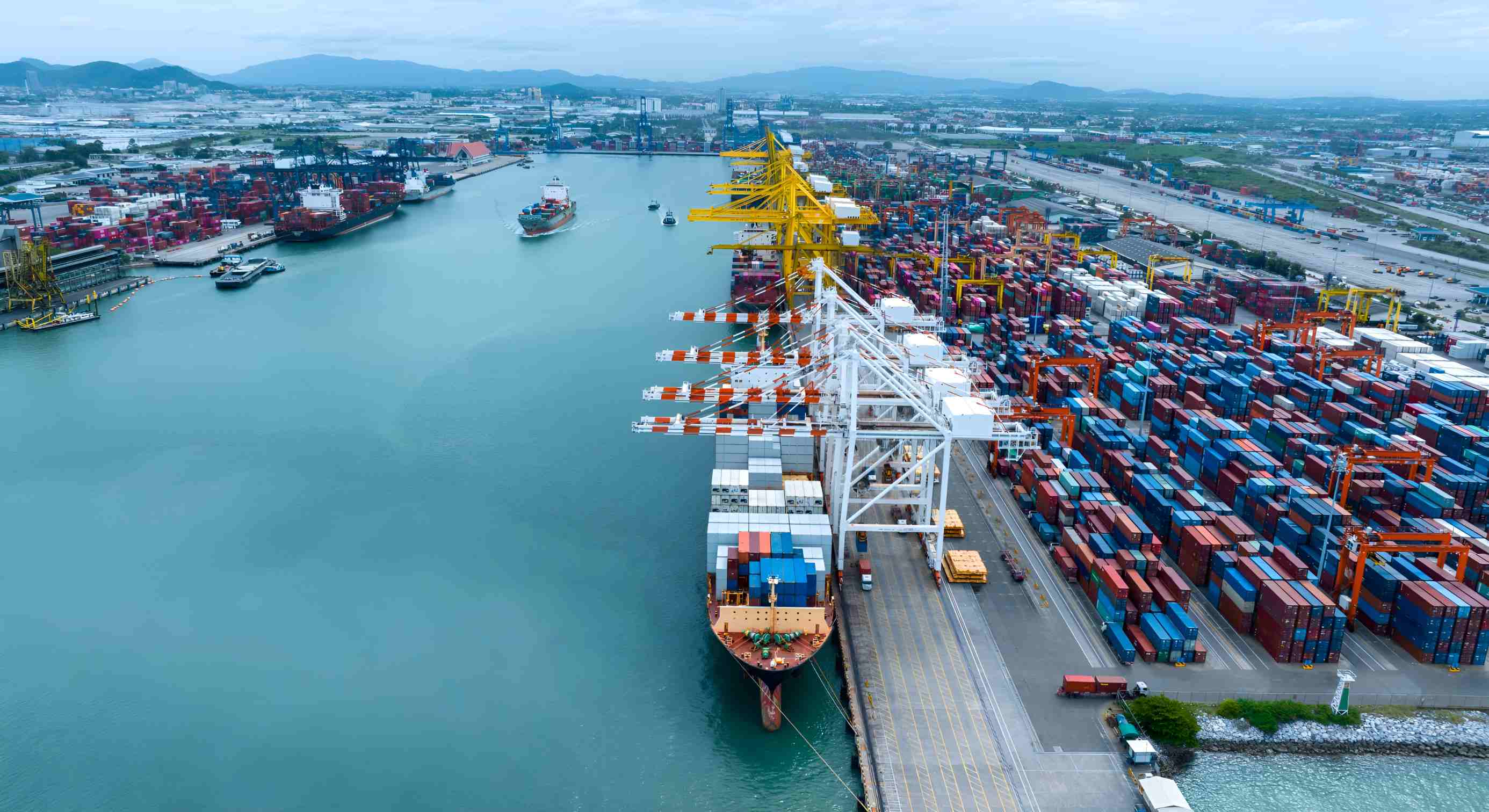A new report has sounded the alarm over the failure of hardline drug policies in Eastern and Southern Africa, urging governments to shift from criminalisation to health-based approaches, as narcotics continue to flow freely through key entry points like Kenya.
The Eastern and Southern Africa Commission on Drugs (ESACD), in a report unveiled in Nairobi, warns that arrests and incarceration have done little to curb the drug crisis, instead fuelling health risks, straining prisons, and hurting communities.
Cannabis remains the most widely used drug in the region, with Kenya, Uganda, Malawi, Eswatini, and Tanzania flagged as leading sources of supply.
Meanwhile, heroin, cocaine and methamphetamine are arriving in large quantities through maritime, land, and air routes—often undetected and hidden within legal cargo flows.
“The problems caused by current drug policy approaches cut across healthcare, social care, criminal justice and education, and have long-lasting implications for young people well into adulthood,” the report states.
Speaking during the launch, Interior Cabinet Secretary Kipchumba Murkomen, who represented President William Ruto, said Kenya must move away from outdated strategies focused on punishment and embrace a wider, more inclusive framework.
“We must move beyond traditional approaches rooted in criminalisation, stigma, and exclusion, and pursue a more balanced, health-centred, and human rights-based approach that addresses the underlying social and economic drivers of drug use. Sustainable solutions lie in reframing drug policy as both a public health and a development priority,” said Murkomen.
The report recommends the decriminalisation of drug use, arguing that the region’s current legal approach is deepening inequality, particularly among the youth.
Young people, it says, are bearing the brunt of punitive policies, with many facing arrest or long-term setbacks from convictions. Incarcerating parents and guardians also impacts children left behind, creating ripple effects across generations.
“Young people across the region already face the challenge of high youth unemployment, and this is exacerbated for those who use drugs or have criminal convictions. Furthermore, the incarceration of parents and guardians of dependent children has an impact on the children involved,” it reads.
The Commission has also warned that the profitability of drug trafficking is driving corruption at the highest levels.
Drug proceeds are being used to manipulate state systems, with traffickers exploiting institutional weaknesses to entrench criminal networks and spread influence.
“The corruption of government officials and subsequent infiltration of drug profits into state processes is a powerful structural enabler of drug markets in the ESA region.
Corruption facilitates the operations and growth of the illicit market, while criminal actors leverage illicit proceeds to entrench existing corruption structures and drive the creation of new ones,” the report adds.
The Nairobi launch was attended by several high-level figures, including ESACD Chairperson and former South African President Kgalema Motlanthe, former Mozambican President Joaquim Chissano, former Mauritius President Cassam Uteem, Dr Mark Shaw from the Global Initiative Against Transnational Organised Crime, Deputy Head of the EU delegation Ondrej Simek, and Kenya’s former Chief Justice Dr Willy Mutunga.
The Commission urged countries across the region to adopt integrated and coordinated responses, focusing not just on enforcement but also prevention, treatment, and education.
